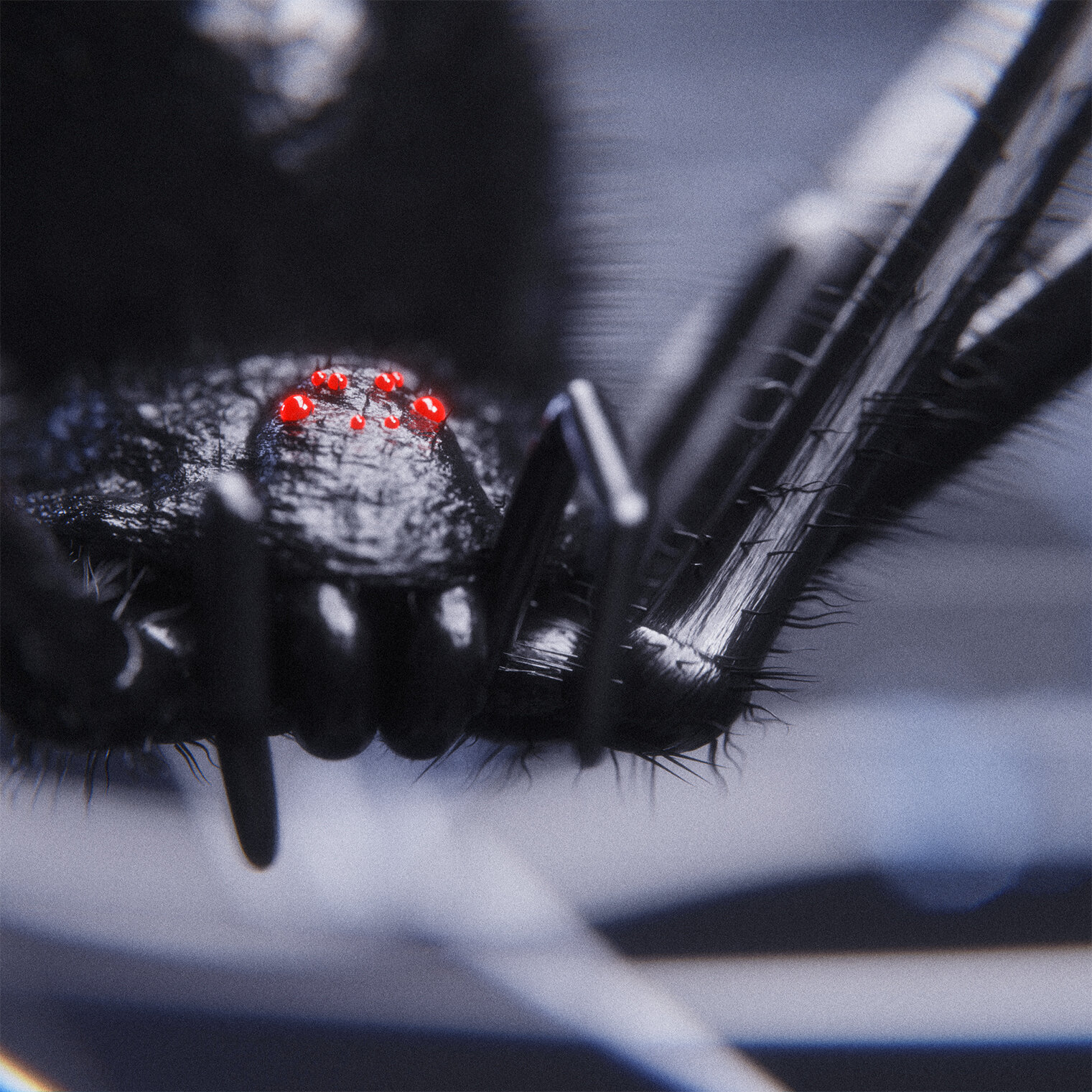3D Design
Black Widow Exploration
WHAT I DID
Animation, Lighting, Textures, Scene Creation
-
A self-taught COVID passion project fueled by the inspirational work of Andrey Lebrov. This was the result of wanting to dip my toes into the world of 3D animation.
Being my first attempt at 3D animation. I wanted to challenge myself to achieve what was originally created in Cinema 4D, but within Blender using Cycles.
-
DCC - Blender 3D
Render Engine - Cycles






